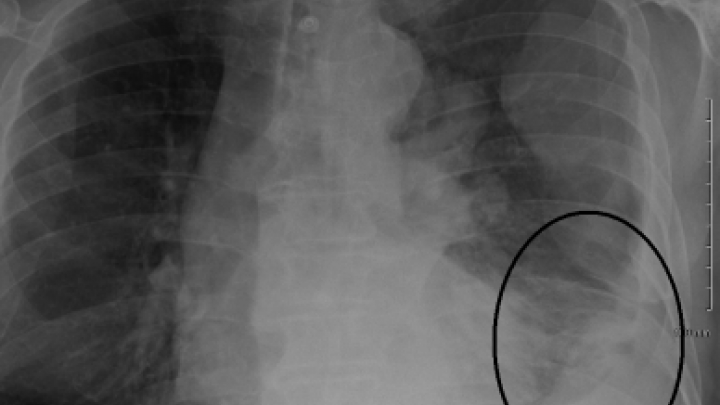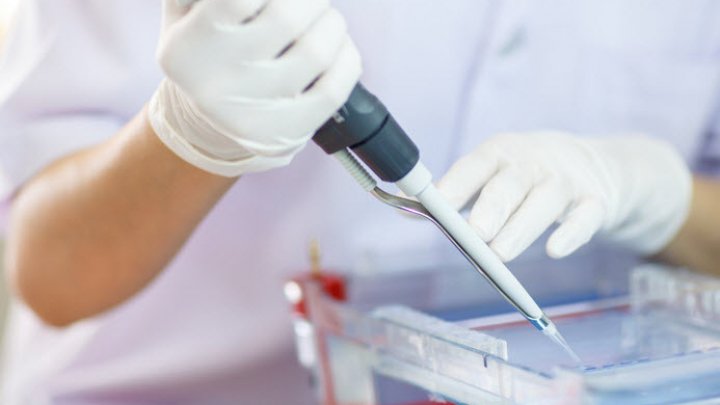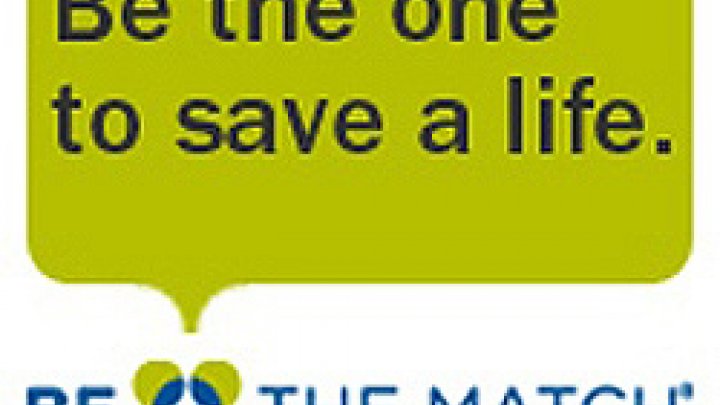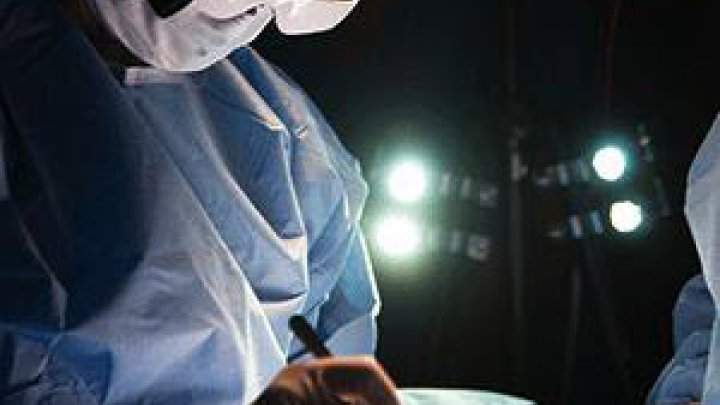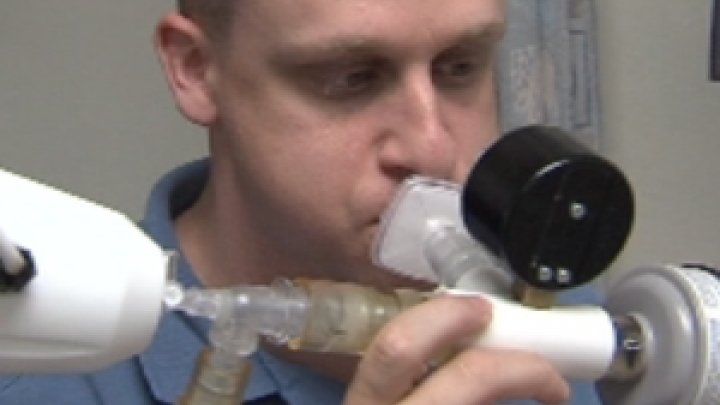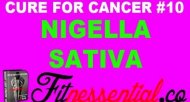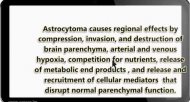Save the Tattas, But Don’t Lose Sight of the HooHoos
By Kathy Batesel
“I love boobies.” “Real men wear pink.” “Save the Tattas.” Men are counting themselves in the fight against breast cancer, sporting pink t-shirts and rubbery bracelets proclaiming their support. Men’s sports teams dedicate games to the campaign with Breast Cancer Awareness Night and Kick for the Cure matches. Nobody’s denying that it’s one of the most effective campaigns in recent years. It would be easier to count folks who don’t know what the pink ribbon symbolizes than to tabulate the people who do. Three times as many women are diagnosed today than fifty years ago, and early detection is credited with saving lives. Yet critics, including some breast cancer patients, have started criticizing the campaign’s purpose and its success.
One disturbing sign indicates that the campaign’s success may exaggerate concern. A study published by Preventative Medicine revealed that 80% of women have moderate to high fear of the disease, despite the fact that breast cancer will afflict about 10%. Survival rates for breast cancer patients are much higher than women diagnosed with other reproductive malignancies such as uterine or cervical cancer, yet women are less concerned about these deadlier forms of cancer.
Breast Cancer Action (BCA), a health advocacy group, urges people to be skeptical about “pinkwashing” – using pink ribbons, products, or packaging to sell and profit products. BCA started a counter-campaign known as “Raise a Stink” to combat pinkwashing practices, particularly those that harm women’s health.
This year, the Susan G. Komen foundation, arguably the best-known breast cancer advocacy group, is BCA’s target. The reason? “Promise Me,” a perfume made with Toluene and Galaxolide, two chemicals deemed harmful to women’s health, was commissioned by the Susan G. Komen foundation and is being sold under the guise of promoting breast cancer awareness.
BCA’s former director, Barbara Brennan, encouraged people to support prevention, not early detection. “We have awareness,” she said. “The question is, what do we do now?” The answer, as far as BCA is concerned, is to rally consumers to action against products and companies whose products harm women, educate women about minimizing their exposure to environmental toxins that may contribute to cancer, and to battle social influences that hinder research outcomes.
One social influence may be sexism. “We’ll go a long way for a good rack,” and “I <3 boobies” messages sexualize the issue and imply sexuality, rather than life, is the main reason to support women’s health. College senior Beth Mendenhall’s editorial comment, “It works because it reinforces sexist culture,” published in the Kansas State Collegian, generated mixed comments. While some readers applauded, others disagreed. Regardless, Mendenhall reminds her audience that breast cancer survivors still lose their breasts to mastectomies.
Sexist or not, women’s reproductive organs differentiate us from men, and we should celebrate our womanhood. We should also be on guard against malignancies of all our hoohoos. Remember that our vaginas, uteruses, fallopian tubes, cervix, and ovaries can also host deadly tumors.
After more than a decade of seeing pink ribbons to raise breast cancer awareness, you’ve become familiar with the benefits of early detection, self-examination, and healthy lifestyle habits to prevent breast cancer from stealing your life. Are you ready to save the tattas and the hoohoos, too?



